In European Commission’s Autumn Economic Forecasts, 2023 GDP growth forecast has been lowered to 0.6%, a reduction from the earlier summer forecast of 0.8%. Outlook for 2024 is also tempered, with GDP growth projections scaled back to 1.2%, compared to previous 1.3%. However, there is an anticipation of pickup in growth to 1.6% in 2025.
In terms of inflation, 2023 forecast remains unchanged at 5.6%. However, there was an upward adjustment for 2024, with inflation rate now predicted to be 3.2%, higher than summer’s forecast of 2.9%. The Commission expects inflation to decelerate further in 2025, slowing to 2.2%.
Valdis Dombrovskis, Executive Vice-President of European Commission, expressed a cautiously optimistic view, stating, “Following very weak growth this year, we can expect growth to rebound modestly in 2024, helped by strong labour markets and continued easing of inflation.” He also highlighted the uncertain geopolitical context, particularly noting the recent conflict in the Middle East and its potential implications.
Paolo Gentiloni, Commissioner for Economy, echoed these sentiments. He pointed out that “Strong price pressures and the monetary tightening needed to contain them, as well as weak global demand, have taken their toll on households and businesses.”
Looking ahead, Gentiloni expects “a modest uptick in growth as inflation eases further and the labour market remains resilient.” He also acknowledged the limited immediate economic impact of the Middle East conflict, while cautioning about the heightened geopolitical tensions and the increased uncertainty and risks they pose for the future economic landscape.
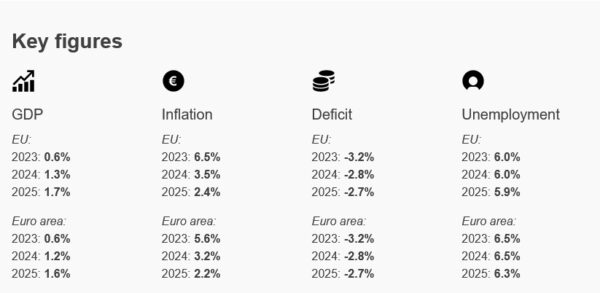
Full EU Autumn Economic Forecasts here.




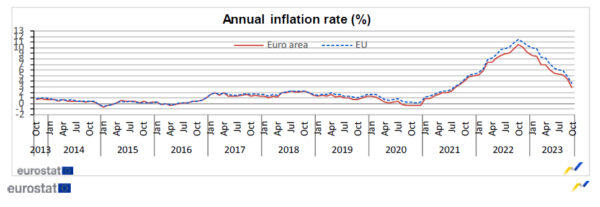
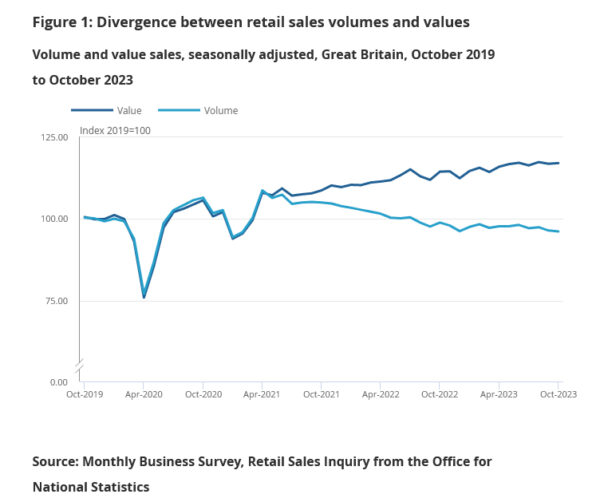
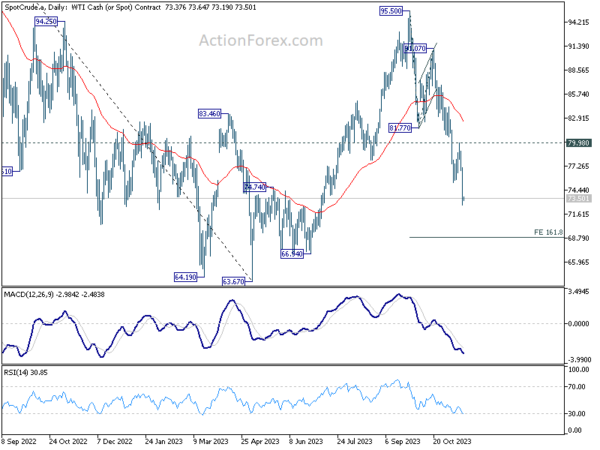
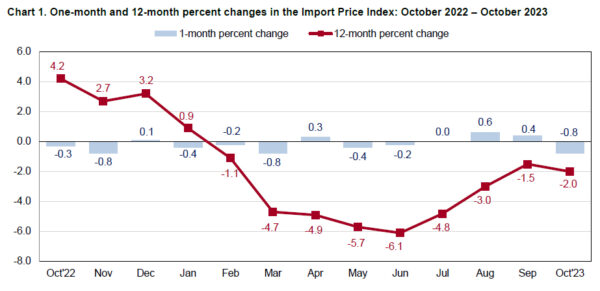
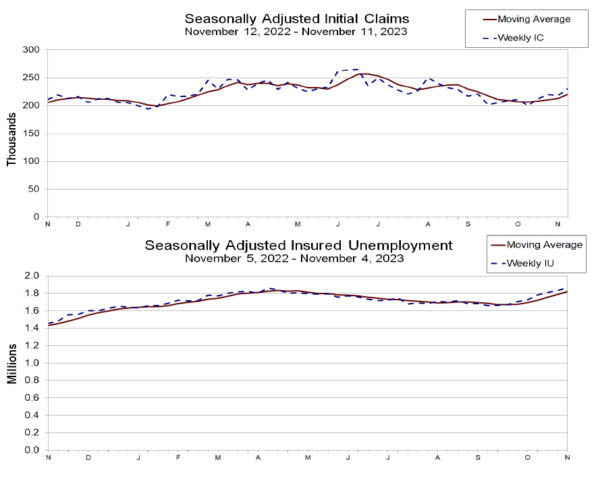
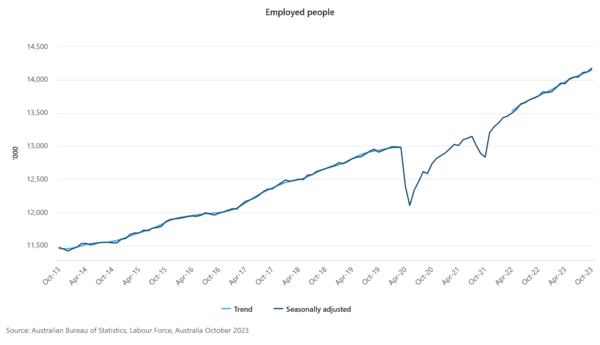
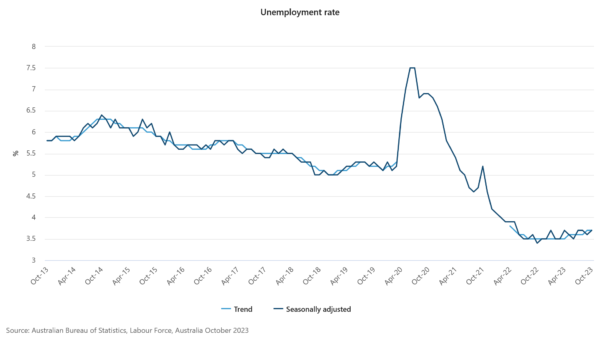
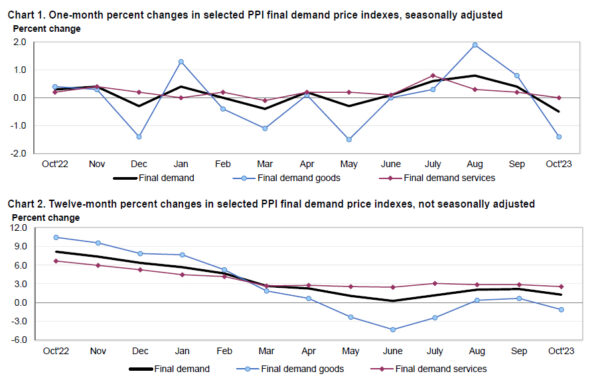
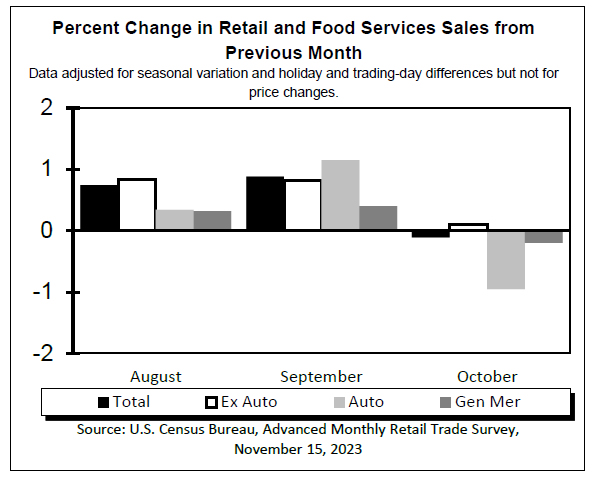

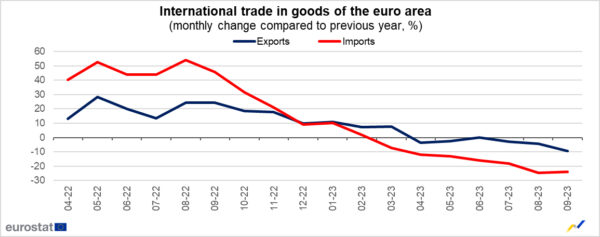
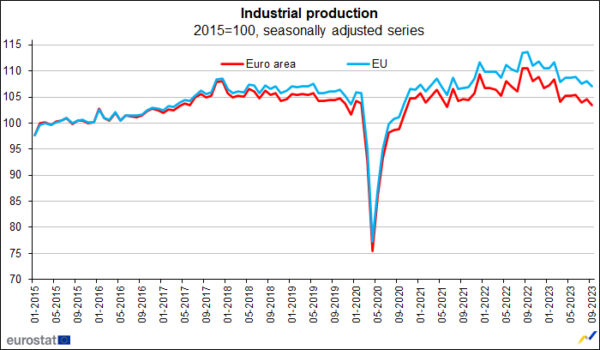
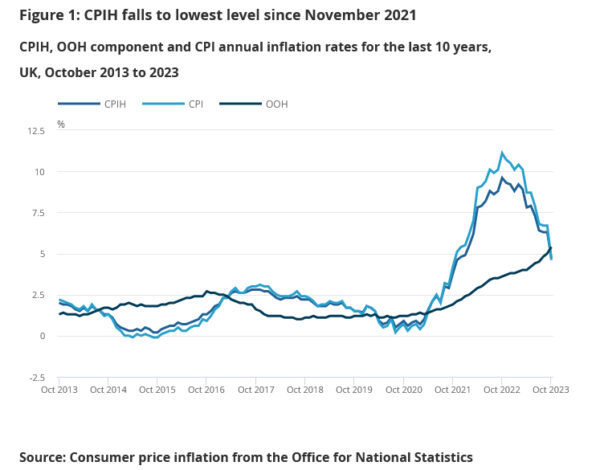

Yuan extends rebound after China maintains 1-yr and 5-yr LPR
As reported by the National Interbank Funding Center today, China’s one-year loan prime rate retains is unchanged 3.45%. Similarly, the over-five-year LPR, a critical determinant of mortgage rates, is also steady at 4.2%.
The LPR, derived from the quotations by various banks with adjustments based on the open-market operation rates, serves as a pivotal indicator for loan pricing. This stability comes in the wake of PBoC’s substantial liquidity injection of CNY 1.45 into the market through the medium-term lending facility last week, maintaining an interest rate of 2.5%.
USD/CNH extends the decline from 7.3679 to as low as 7.1696 so far. Technically, near term outlook will now stay bearish as long as 7.2684 resistance holds, next target is 7.1154 cluster support (38.2% retracement of 6.6971 to 7.3679 at 7.1117). Reaction from there will reveal whether USD/CNH is already reversing whole up trend form 6.6971 to 7.3679.